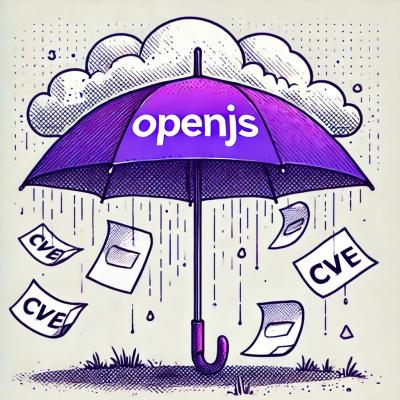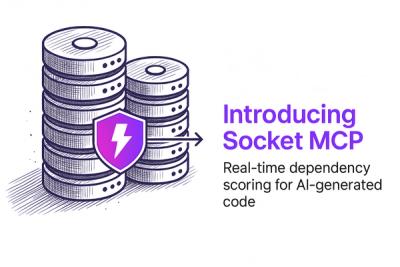Gravatar for Laravel 5 - 12



Installation
First, pull in the package through Composer via the command line:
composer require creativeorange/gravatar ~1.0
or add the following to your composer.json file and run composer update.
"require": {
"creativeorange/gravatar": "~1.0"
}
Then include the service provider within (Laravel 5.3 or below) app/config/app.php.
'providers' => [
'Creativeorange\Gravatar\GravatarServiceProvider'
];
If using Laravel 5.4, include service provider withing config/app.php
'providers' => [
Creativeorange\Gravatar\GravatarServiceProvider::class
];
If you want to use the facade, add this to de bottom of app/config/app.php
And, for convenience, add a facade alias to this same file at the bottom:
'aliases' => [
'Gravatar' => 'Creativeorange\Gravatar\Facades\Gravatar',
];
If you are using Laravel 5.4 or greater, add as follows, add to config/app.php
'aliases' => [
'Gravatar' => Creativeorange\Gravatar\Facades\Gravatar::class,
];
Finally, publish the config by running the php artisan vendor:publish command
Usage
Within your controllers or views, you can use
Gravatar::get('email@example.com');
this will return the URL to the gravatar image of the specified email address.
In case of a non-existing gravatar, it will return return a URL to a placeholder image.
You can set the type of the placeholder in the configuration option fallback.
For more information, visit gravatar.com
Alternatively, you can check for the existence of a gravatar image by using
Gravatar::exists('email@example.com');
This will return a boolean (true or false).
Or you can pass a url to a custom image using the fallback method:
Gravatar::fallback('http://urlto.example.com/avatar.jpg')->get('email@example.com');
Configuration
You can create different configuration groups to use within your application and pass the group name as a second parameter to the get-method:
There is a default group in config/gravatar.php which will be used when you do not specify a second parameter.
If you would like to add more groups, feel free to edit the config/gravatar.php file. For example:
return array(
'default' => array(
'size' => 80,
'fallback' => 'mm',
'secure' => false,
'maximumRating' => 'g',
'forceDefault' => false,
'forceExtension' => 'jpg',
),
'small-secure' => array (
'size' => 30,
'secure' => true,
),
'medium' => array (
'size' => 150,
)
);
then you can use the following syntax:
Gravatar::get('email@example.com', 'small-secure');
Gravatar::get('email@example.com', 'medium');
Gravatar::get('email@example.com', 'default');
Gravatar::get('email@example.com');
Alternatively, you could also pass an array directly as the second parameter as inline options. So, instead of passing a configuration key, you pass an array, which will be merged with the default group:
Gravatar::get('email@example.com', ['size'=>200]);



